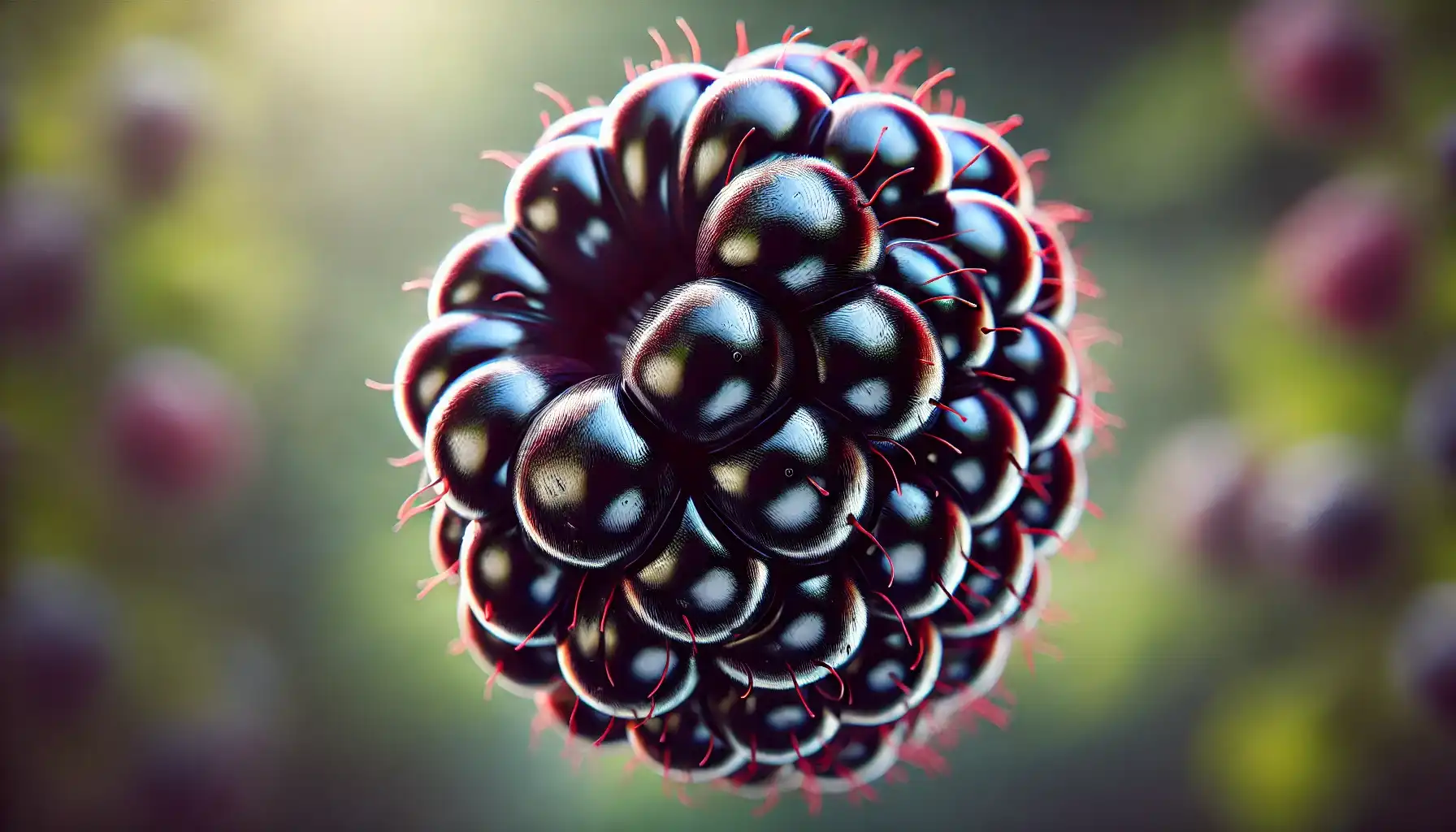
Discover the rich history and health benefits of blackberries, from their origins and nutritional value to tips for identifying them in the wild. Learn why these unique berries, packed with vitamins and antioxidants, are a valuable addition to your diet.
Contents:
You are what you eat, they say, and this maxim holds some truth indeed. Safe wild berries of different kinds represent a great addition to any meal, be it a quick snack, a main course, or a standalone dish itself. Though some species seem casual and sometimes boring to consume, humans still crave unique, unconventional, fruits like blackberries with a great history and memorable flavor.
The vast majority of fruit lovers know what blackberries are in broad terms, but what do they mean now? Where do blackberries originate from and how to identify these floral gifts when in the wild? Delve into the intricacies of blackberry’s nature and learn a bit more about this plant from another perspective.

What Are Blackberries?
Most people are already acquainted with blackberries, small, dark purple to black fruits, composed of tiny juicy drupelets, each containing a seed inside. Being praised for their tart flavor, these fruits have spread all over the world, from North America to Europe, expanding their natural habitat for good. Initially, though, blackberry is a perennial shrub or trailing vine with thorny stems and white to pink flowers that give way to fruit by the mid/late summer.
As a rule, blackberries (fruits) contain surprising volumes of nutrition, i.e., vitamins C and K, folate, manganese, dietary fiber, and antioxidants like anthocyanins, which comprise a booster with health benefits and delicious taste. This is why these are widely used in traditional cuisines, e.g., in jams, beverages, and wherever else you may like.
Where Do Blackberries Come from Originally?
So as to understand the roots of the plant, we would like to start with the fact that blackberries actually belong to the same Rubus Genus. This is why some historical traces may run into each other, which is obvious. So, where does Blackberry come from?
As stated by scientists, blackberries originated in the Northern Hemisphere long thousand years ago, when a human had not even been a human yet. Nevertheless, these regions, i.e., North America and Europe (as well as other non-native territories), may provide the ideal climate, especially when accompanied by well-drained soil conditions and enough space to develop.
Cultivation of blackberries spreads far beyond its original area of unconditional growth, for there might be found major productions in the UK, Mexico, Germany, etc. Anyway, this process, the celebration has led to the development of new varieties that can accommodate different climates and set up the most convenient environment for themselves in turn.

What Are the Main Benefits of Blackberries?
Though some benefits of blackberries are obvious, it is worth mentioning anything that can enhance or improve the plant’s longevity and vibrancy. Apart from being rich in antioxidants, vitamins, and minerals, blackberries may support digestive health, boost the immune system, promote healthy skin, support brain and health services, etc. Consuming great volumes of berries, one should pay special attention to their health so as to mitigate any possible complication, allergic reactions in particular.
How to Identify Blackberries in the Wild?
Although blackberries possess unique features that are definitive for the plant species, it is still important to know how to identify berries in the wild so as not to confuse them with dewberries, cloudberries, or black raspberries as well. But how?
Pay attention to plant structure and leaves. Blackberries usually grow on arching, thorny canes, grown in dense, bushy thickets of compound leaves, each composed of three to five leaflets of oval shape and dark green color.
Consider the appearance of a fruit. As such, blackberries start as small green berries of several drupelets attached to each other that are ripe to a deep purple or black color.
Investigate thorns. Most wild blackberries may boast sharp thorns on the canes, which indeed help us differentiate this species from other, closely related instances.
Employ additional tools. What one can easily do to identify blackberries more efficiently is rely on external resources that may offer quick and precise plant identification. One of such apps is AI Plant Finder.
Most apps designed for plant identification lack an essential component, i.e., a responsive system that can be customized according to one’s personal needs. AI Plant Finder is different. You are free to adjust settings, create safe spaces, set up plant care reminders, and make this experience unique, like never before. Nevertheless, convenience is definitely the most prominent feature of the app, as soon as it can be employed anywhere you take your smartphone anyway.

When identifying blackberries in the wild, always double-check your findings and consult multiple resources to ensure accuracy so as to stay safe and never suffer from wrong identification. Employ tools like AI Plant Finder to test your knowledge and fill in the gaps in your botany awareness zones. Enjoy these delicious with a deeper appreciation and respect for the natural world.